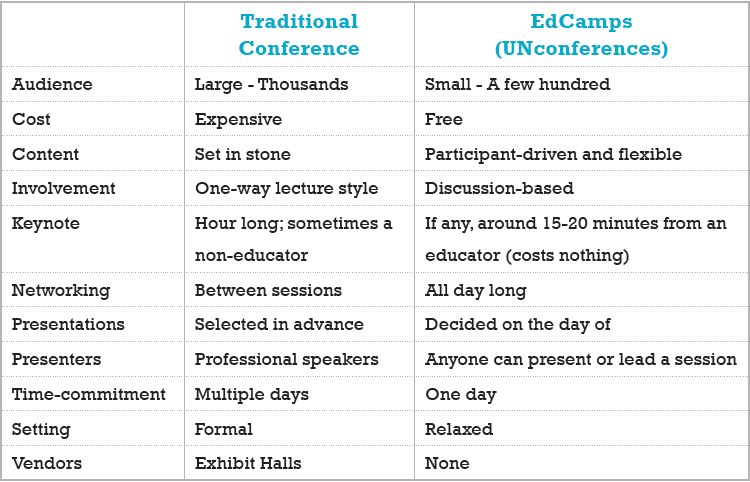Okay, the Common Core doesn’t really cause the flu, but it seems to be making a lot people sick anyway. What the Common Core really has is a major public relations problem. If you follow any of the major or local newspapers you have likely read some of these headlines:
NY Times
“At Forums, New York State Education Commissioner Faces a Barrage of Complaints”
“Caution and the Common Core”
“A Tough New Test Spurs Protest and Tears”
“Who’s Minding the Schools?”
Washington Post
“More states delay Common Core testing as concerns grow”
“Following Common Core money: Where are millions of dollars going?”
Dallas News
“Common Core critics see examples of agenda in class assignments”
Baltimore Sun
“Marylanders Protest Common Core”
Leesville Daily Leader
“Parents, students speak out against Common Core Standards”
It doesn’t help when Secretary of Education, Arne Duncan, puts his foot in his mouth and offends mothers across the U.S. The hysteria surrounding the Common Core is exasperating, especially if you’re an elementary principal who is already knee-deep in rolling out the standards. As a veteran educator, I am worried that the polarized discussions on the Common Core are clouding the issues.
Teaching continues all across the United States every day. The debate and gnashing of teeth over the CCSS hasn’t stopped teachers from doing their jobs and it certainly isn’t keeping students from learning. So what’s all the fuss then? The fuss is really all about testing, not teaching or learning. While there has been, and will continue to be, discussion on the content of the standards, most of the heated discussions going on now are about testing.
I am hopeful that parents, teachers, and politicians can separate their concerns enough to realize that, right now, it really is about testing. Demonizing the standards is just a way to muddy the conversation. Now, if you agree that testing is the real problem with the CCSS, then there is an easy solution to that…stop testing.
Is that too radical? I don’t think so. I don’t consider myself an educational radical. I’m just a simple principal who thinks teachers and students deserve more time to figure out the CCSS before they’re held accountable for them. Imagine how quickly that solution would reduce the stress being placed on students and teachers. The headline I am waiting to read is: “CCSS Testing Moratorium Announced Until 2016.” That would give states the time they need to train teachers and prepare students.
